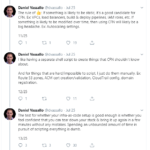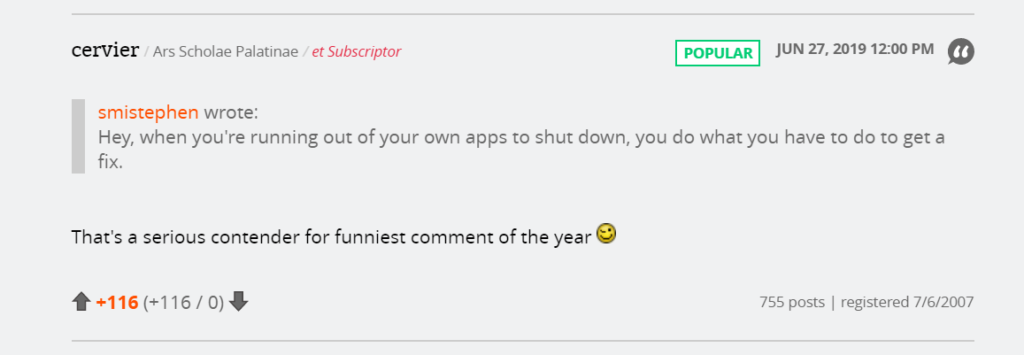Happy New Year 2020! Wishing all of you a prosperous year filled with happiness and joy! Let’s jump right into fray:
Year End: With the end of 2019 comes all the articles summarizing 2019 and guessing at what’s in store for the new year. I loved this infographic showing the popularity of influencers based on their Google searches. Forbes has a list of the top 2019 Google searches and trends, while The Register compares the progress of each cloud company (AWS, GCP, Azure) against each other. Finally, TechCrunch lets us know that “Disney Plus” was the most searched term in 2019.
Taxes: Nobody likes them, but Google has to pay them. The city of Mountain View, CA is now charging an employee head tax, Google is expected to pay $3.3 million a year. Google is ending use of the famous “Double Dutch/Irish sandwich” tax scheme to reduce their tax bill. A bonus for US taxpayers: the IRS is barring TurboTax and H&R Block from hiding their free tax filing options from a Google search.
Products: Google is famous for shutting down products, so here comes PC World with their take on products unlikely to survive the next decade. The Motley Fool believes that Microsoft does 3 things better than Google. Speaking of competition, ProtonMail has released an encrypted calendar service: available today for ProtonMail paid users, and then available to everyone once it exits beta this year. Keep your eyes on this one: a calendar makes users more “sticky” (spending more time on a service) and could be the opening of ProtonMail building out more productivity services to compete with Google.
Search: Former NYC Mayor Michael Bloomberg has spent $15 million just on Google ads on his run for the presidency. If you love data as much as I do, check out Google’s transparency report which details Bloomberg’s ads, their targeting, and various other metrics. For SEO folks, a useful note comes out of Search Engine Journal: heading tags (H1, H2, etc) are used by the Google spider to understand the topic of the paragraphs below the headers but are not themselves ranking factors.





